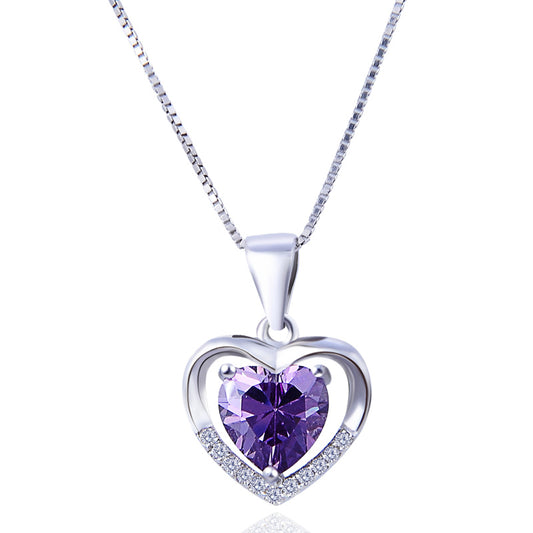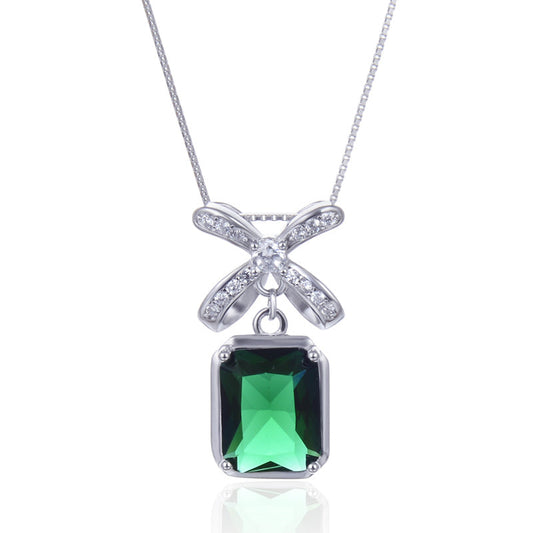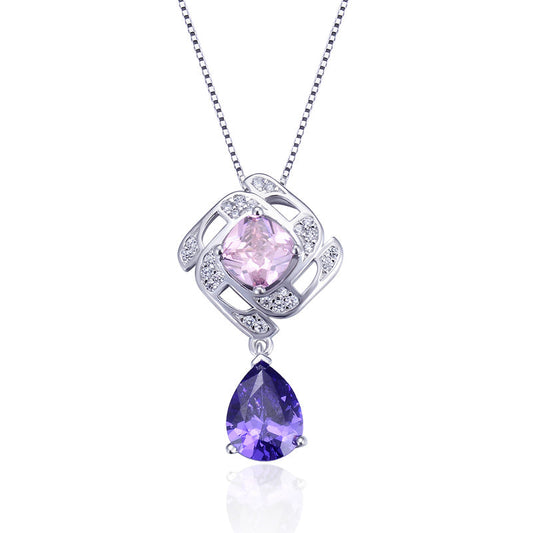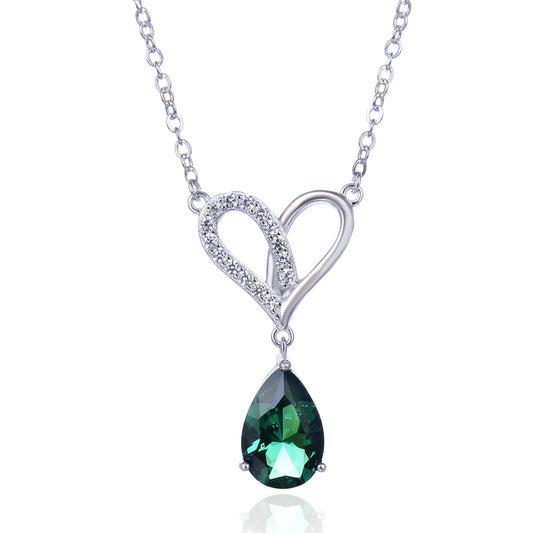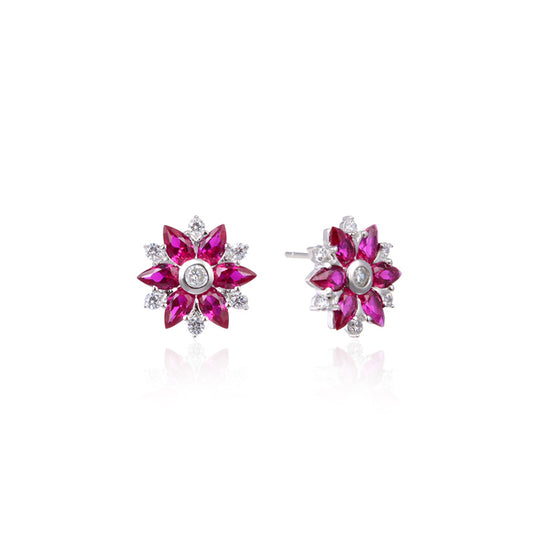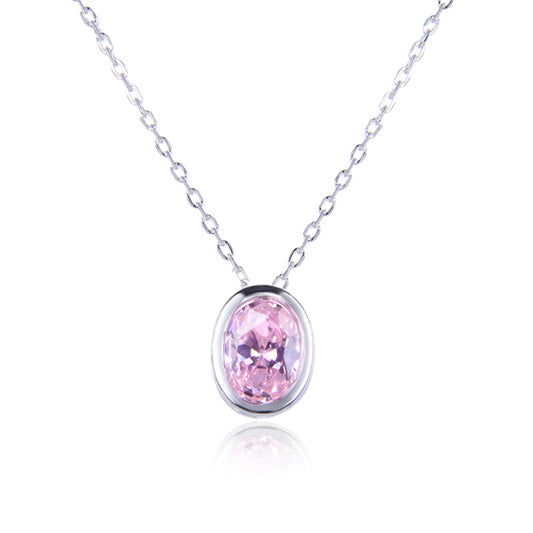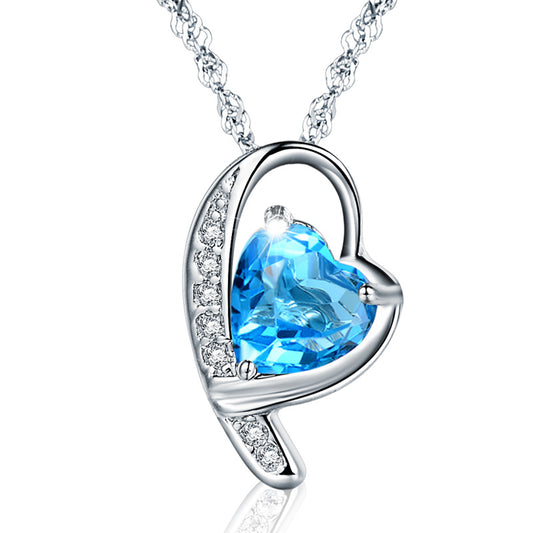Throughout history and across cultures, the human body has been a subject of fascination, admiration, and sometimes controversy. Among its various parts, the asses have often occupied a unique and notable position in art, literature, and popular imagination. Whether celebrated in ancient sculptures, immortalized in paintings by masters of the Renaissance, or simply ogled on contemporary social media platforms, the allure of asses has persisted through the ages.
In Western art and culture, the representation of asses has undergone significant transformations. In ancient Greece and Rome, for instance, sculptures and paintings frequently depicted idealized, muscular figures with prominent asses, symbolizing strength, vitality, and beauty. These artistic renderings were not merely objects of aesthetic appreciation; they were also deeply embedded in cultural and religious symbolism.
As we moved into the medieval period and the Renaissance, the representation of asses in art shifted somewhat, but their appeal did not diminish. While religious art often emphasized other aspects of the human form, secular art and literature continued to explore and celebrate the beauty of asses in various ways. From the voluptuous curves of Rubens's paintings to the more subtle suggestions in the works of Leonardo da Vinci, the asses of this period were presented as objects of both desire and artistic expression.
In modern times, the appreciation of asses has taken on new forms and platforms. Social media, in particular, has become a powerful tool for the dissemination and celebration of bodily aesthetics. Platforms like Tumblr, with its vast and diverse user base, have become hubs for the exploration and appreciation of asses in all their shapes and sizes. Here, one can find a range of photographs, illustrations, and discussions that celebrate the beauty and diversity of human anatomy.
But what is it, exactly, that makes asses so compelling? Is it their symmetry, their curves, or the way they move? Perhaps it is a combination of all these factors, coupled with the deep-seated human fascination with the body and its various forms. After all, the human body is not just a biological entity; it is also a powerful symbol, carrying with it a multitude of meanings and associations.
When we admire asses, we are not just appreciating their aesthetic qualities; we are also engaging with a larger cultural and historical narrative. We are connecting with the artists and thinkers who have, through their works, explored and celebrated the beauty and complexity of the human form. In a way, our admiration for asses is a form of cultural inheritance, a way of honoring the past and participating in a larger, shared human experience.
Of course, the appreciation of asses is not without its controversies and criticisms. In some contexts, the objectification of any part of the human body can be problematic, particularly when it comes at the expense of respecting individuals' autonomy and dignity. It is important, therefore, that we approach our admiration for asses (and all bodily aesthetics) with a mindful and respectful attitude, acknowledging the complexity and diversity of human experiences and perspectives.
In conclusion, the asses have long captivated our imaginations and held a significant place in our cultural and aesthetic landscapes. From the sculptures of ancient Greece to the social media posts of today, they have been celebrated,争议ed, and explored in countless ways. As we continue to appreciate and engage with the beauty of asses, it is worth reflecting on the deeper meanings and histories that lie behind this enduring fascination.
Further Explorations:
• In different cultures, the asses might hold different meanings and symbolisms. How do these cultural variations influence our understanding and appreciation of bodily aesthetics?
• How have fashion and popular culture influenced the way we view and represent asses? Consider, for instance, the role of high-fashion magazines, music videos, and social media trends.
• What are the ethical considerations that should guide our engagement with bodily aesthetics, particularly when it involves the representation and objectification of others?
• How can we, as individuals and communities, promote a more inclusive and respectful appreciation of bodily diversity?
#TheAllureOfAsses #BodilyAesthetics #CulturalExploration #ArtAndHistory #EthicsAndRepresentation


